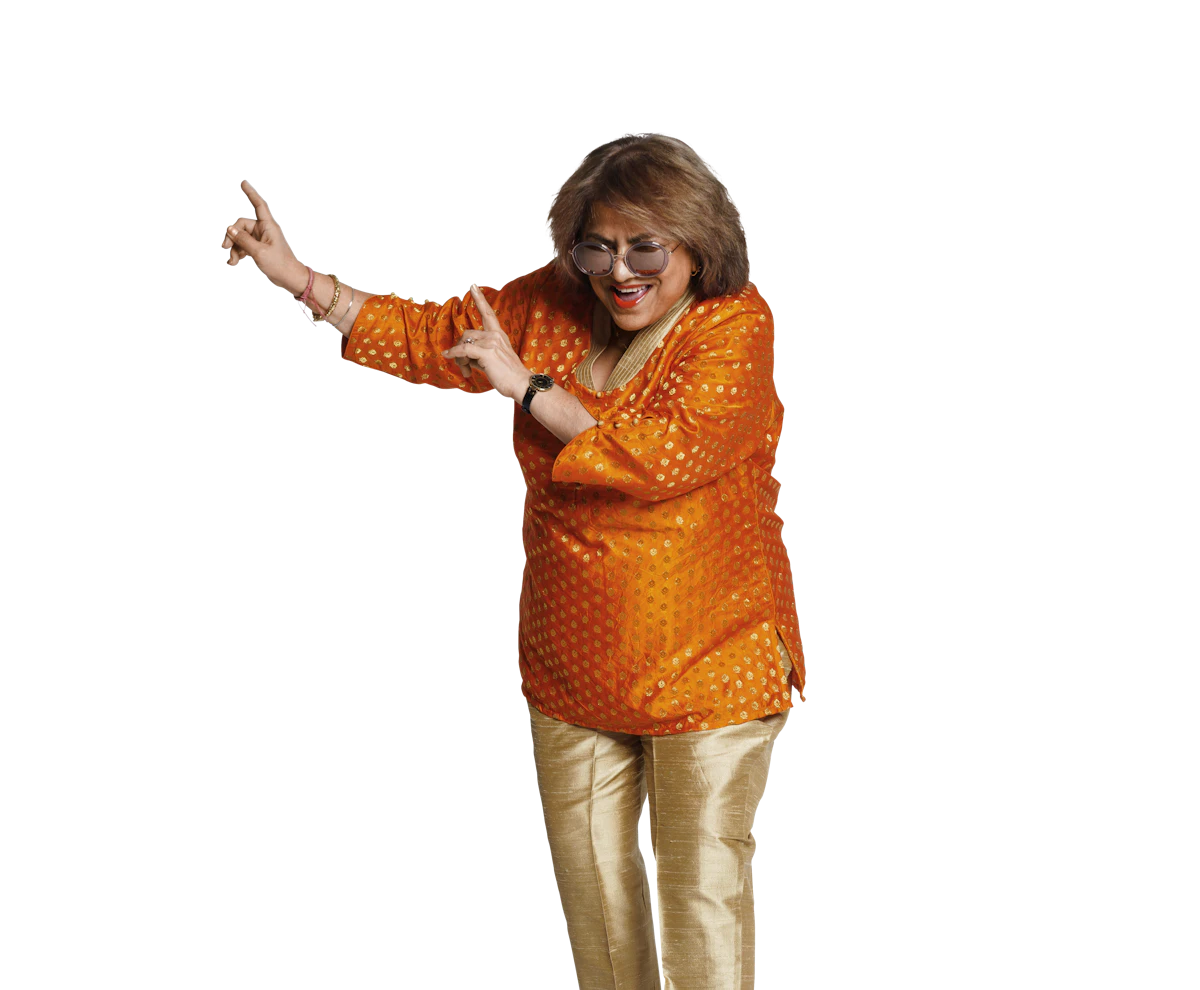Regular exercise helps you keep your heart healthy and manage chronic conditions. But did you know it’s also an effective way to keep your brain healthy?
If one of your goals this year is to get more exercise, you’re on the right track. Regular exercise builds muscle and keeps your heart healthy. It helps you maintain a healthy weight, boosts your energy levels and makes you stronger.
Regular physical activity also can delay or reduce the risk of developing several chronic conditions including heart disease, high blood pressure, stroke, diabetes and arthritis. If you’re living with a chronic condition, exercise can help you manage the symptoms and keep complications at bay. But did you know it’s also an effective way to keep your brain healthy?
According to a 2016 study published in Neurology, moderate to high-intensity exercise can prevent age-related cognitive decline. Yes, that’s right. Physical fitness won’t just have you looking and feeling good; it can actually help stave off dementia.
The study followed 876 people over several years and found that those with little to no physical activity showed a greater cognitive decline than those who exercised regularly. The difference was equal to 10 years of aging.
Some older adults are hesitant to start exercising for fear of injuring themselves or potentially exacerbating an illness. But this study shows that not exercising can ultimately be more dangerous. Regular exercise protects your brain, keeping your memory and thinking skills sharp.
Regular exercise can be defined as moving at moderate intensity three to five times per week for 20 to 30 minutes. Your weekly goal should be to reach 120 minutes of exercise in total. That’s all it takes to increase blood flow to the brain.
Simple exercises such as walking briskly, swimming laps, playing table tennis or going for a bike ride are easy to add to your schedule. The aim is to get your heart pumping, so any activity that raises your heart rate and works large muscle groups is ideal.
For overall health and well-being, a good rule of thumb is to ensure that your exercise program includes these three components:
Endurance-building exercises are activities like walking, jogging, swimming and dancing. These activities raise your heart rate, get you sweating and help improve your cardiovascular health. They strengthen your heart, blood vessels and lungs.
Strengthening activities require using some form of resistance, like dumbbells, weight-training machines, exercise bands or your own body weight. These exercises work your muscles, tearing the fibers to make them stronger.
Activities that improve your flexibility and range of motion can include both static stretching and dynamic stretching. Static stretching involves slowly stretching and loosening muscles for several seconds at a time (like in yoga), while dynamic stretching involves a full range of movements and muscles (like in tai chi). These sorts of exercises help improve your balance and coordination.
You can add additional physical activities alongside your scheduled exercise routine to up the ante. For example, take the stairs instead of the elevator, or walk on the spot during the commercials of your favorite TV show. And by all means: dance whenever you can! Just remember that these activities should take place in addition to a regular exercise program.
Stay fit and stay sharp by exercising regularly! Your body and mind will thank you in the long run.
Are you ready for an active retirement in a dynamic lifestyle community? Contact us at Priya Living to learn more about our unique programs for seniors.
